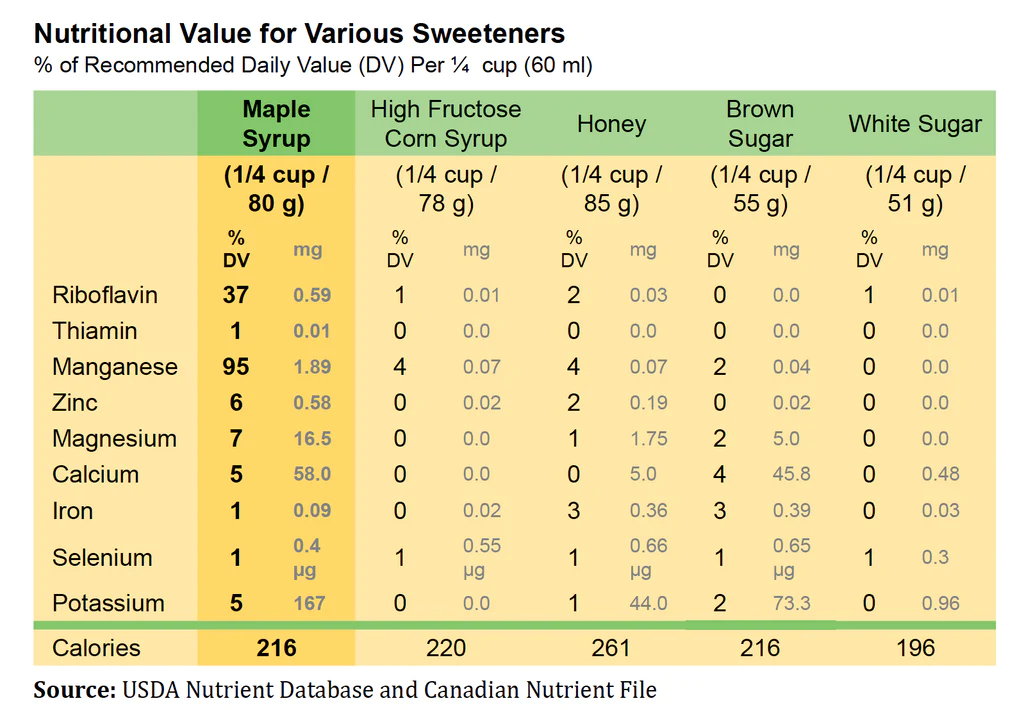Where I live, the nights are still below freezing and Winter has plenty of punch left. However, day time temperatures are often above freezing. This is the time to make maple syrup! The tree we call the “sugar maple” (Acer saccharum) is a very desirable native tree. It is a large tree that grows well in eastern North America, producing wood that is valuable both in the carpentry shop and in the fireplace. They are among our most beautiful trees in the autumn. But in late winter, we benefit from a very special aspect of this tree.

Maple sap begins to run in the late winter when the nights are freezing and the days are warmer. Sap will start to flow when the weather warms up, and the tree has a kind of pulse. Air bubbles in the sap expand (it is believed) and the pressure rises, pushing the sap up the tree. If there is a wound, then sap will run out of the wound. At night, when the temperature drops, the bubbles contract and the pressure drops, ultimately pulling more water up from the soil and into the roots. And the cycle repeats the next day.
The force of the sap is substantial. On a good day, a tree can achieve a sap pressure of about 40 psi. To appreciate what that means, try to pump a bicycle tire to 40 psi. You will agree that there is a lot of force in the rising sap.
Collecting sap by traditional methods is simple, but labor intensive. A small spout is inserted into the tree and a bucket hangs below it, collecting the dripping sap. Taps produce best on the south side of the tree with the best sunlight, and beneath a large branch that will have a lot of vessels coming up from the roots. A tap can be placed once every 14 inches, or so, around the circumference of the tree, but it is better to have two taps in good locations on different trees than to have a good tap and a less good one on the same tree. When properly placed and tended, there seems to be no harm to the tree. Buckets need to be emptied every few days, which means carrying many buckets of sap through the forest.

Serious producers no long use buckets, rather they connect the tree directly to a network of plastic hoses that collect the sap to a central storage tank. In some farms mechanical suction is applied to draw out the sap more completely, sacrificing small trees in the process.
Once the sap is collected, it must be evaporated to a ratio of about 40:1, meaning that it takes 40 gallons of sap to cook down to 1 gallon of syrup. This is very consumptive of energy. Successful producers often rely on a great deal of firewood which they collect in their forest of sugar maples. Despite the effort and cost, maple sugar was commercially successful as a staple form of sugar in the 1800s in part because of the political distaste many people had for cane sugar, which was produced on slave plantations. This encouraged large scale production in certain regions, which continues today. The top producers today are Quebec, with 7,989,000 gallons annually, then Vermont with 890,000 gallons annually, Ontario with 400,000 gallons, and New York and Maine each with about 310,000. Pennsylvania ranks ninth with 54,000 gallons of maple syrup per year.

Cooking down the sap is tedious, and requires care and attention. After many hours of boiling down, the kettle will go from a good maple syrup to maple sugar in a few minutes, and then burn soon after that if not tended. It is best not to do this indoors because the ceiling and walls of the room will be infused with an aerosol of maple sugar!
Syrup can be light or dark depending on how many other compounds have been concentrated along with the sugar. Light syrups are more completely sugar, while darker ones came from sap with more metabolites (ordinary chemicals of life), some of which are nutrients. Some people prefer the light syrup, others prefer more complex flavors of dark syrups. Early in the season, sap will produce light syrup because the tree is still dormant and there is little in the sap other than sugar. As bud break approaches, the tree begins its spring awakening, and the sap becomes a more complex mix of nutrients, producing a darker syrup. Tradition says when the leaves begin to open, the season is over because the sap of the growing tree will no longer produce a tasty syrup.
Maple syrup compares well with honey. Whereas honey generally has overtones of fruit or floral nature, maple syrup is often described as evoking caramel, hazel nut, and (some say) cinnamon. Both maple syrup and honey also have a medium glycemic index (how fast they make your blood sugar rise) and so are healthier than white sugar.

Certain other trees can be tapped like sugar maples, but it takes more even more sap to get syrup! If you are willing to boil down to a 80:1 ratio, you might try a sycamore. In some areas, sycamore trees can be tapped all year, which is good if you need 80 gallons of sap. Sycamore syrup is said to taste like butterscotch!


